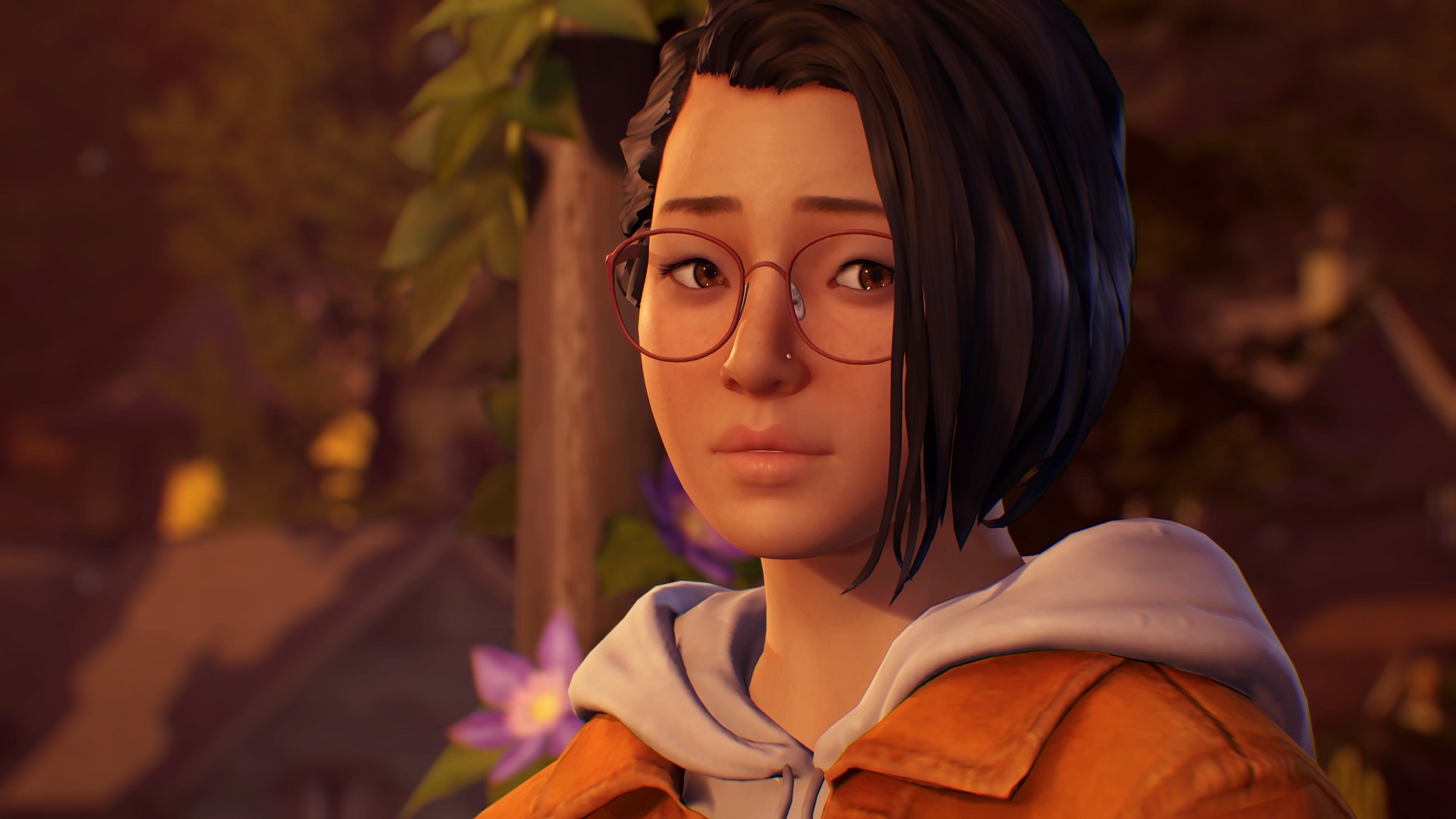GamesRadar+ Verdict
Life is Strange: True Colors effectively leads you through an emotionally impactful story with strong character development through the power of empathy
Pros
- +
Expressive, nuanced animations
- +
Emotionally impactful performances
- +
Empathy power is effectively engaging
- +
Alex is an interesting, fleshed-out protagonist
Cons
- -
Certain choices don't have quite as much impact on the direction of the story as you might expect
Why you can trust GamesRadar+
Life is Strange: True Colors is all about emotional connections. Anger, sadness, fear, joy – these are feelings that we all have at one time or another. When you are experiencing a feeling so deeply it can sometimes be overwhelming, and drive you to act in certain ways or influence your actions. But they can also connect us and help us relate to each other. As protagonist Alex Chen, Deck Nine explores how emotions can drive us, sometimes divide us, and, more importantly, bring us together through the power of empathy.
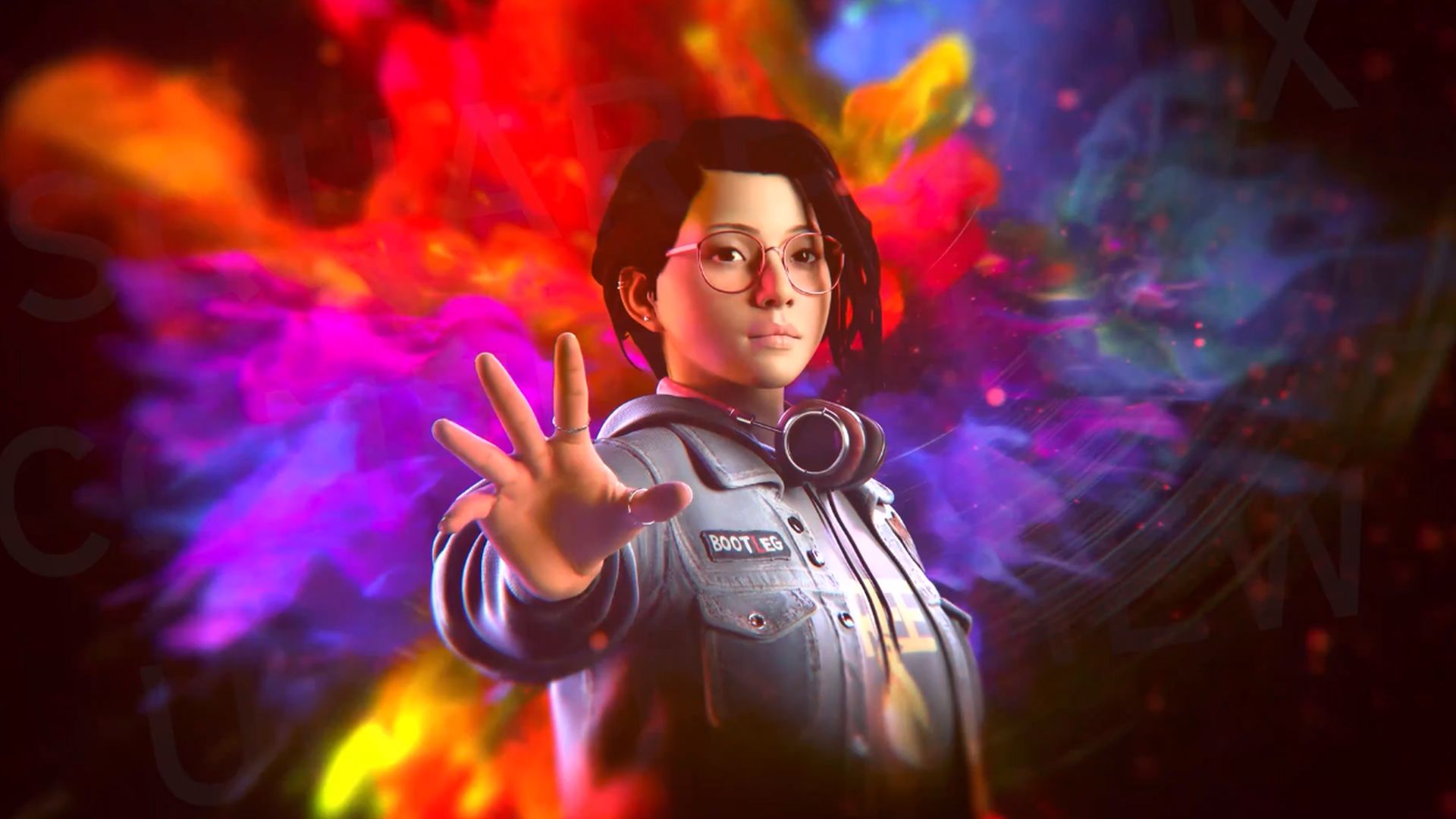
Platform(s): PC, PS4, PS5, Xbox One, Xbox Series X, Nintendo Switch (at a later date)
Release date: September 9, 2021
Developer: Deck Nine
Publisher: Square Enix
Supernatural powers have always been folded into the stories of the Life is Strange series, but as powers go, empathy is certainly one of the most engaging. Thanks to the way it effectively allows you to connect and relate to the characters of Haven Springs, and with Alex herself, empathy opens up a window into the feelings of others in interesting and even sometimes abstract ways and puts you in direct control of Alex's journey. For a series that has so much heart and characters that you can easily connect with, making empathy a power is so well suited to the world of Life is Strange, and to Alex as a character.
For me, the emotive, character-driven stories are what makes Life is Strange as a series so special, and the experience of navigating through Alex's journey is made all the more impactful and effective thanks to the fantastic performances of the cast. By being able to bring the characters to life using full-body motion capture technology, True Colors shows off what the next-generation of the series can deliver. With more nuanced and expressive animations, you can easily sense how Alex and the residents of Haven Springs are feeling from their body language and facial expressions alone, and it really just elevates the look and feel of Life is Strange: True Colors to another level. From every subtle eye movement to the way Alex awkwardly stands when she first encounters someone she doesn't know, so much is said without the need for words, and it makes me so incredibly excited about what the future holds for the series going forward.
Emotional auras

In the opening moments of Life is Strange: True Colors, Alex walks across a bridge into Haven Springs on the precipice of change. After being in foster care, this is a chance to take her life in a new direction and make a fresh start in the small Colorado town where she's just about to reunite with her brother Gabe after eight years. When the pair do see each other again, it's not long before I can sense how her older brother is feeling thanks to a blue glowy aura that surrounds him. Thanks to Alex's power, she's able to hear Gabe's inner thoughts, which reflect the strong emotions he's feeling in that moment. It's in this first instance that I realize how this new power puts Alex, and by extension you, in a unique position as an observer of those around you. You can tell what someone is feeling and use this information to help them, better understand why they're acting a certain way, or even manipulate their emotions in some cases.
When you see someone with a small orb above them, this indicates that they're feeling a strong emotion you can draw from and read. During certain points in the game, you'll have the chance to explore and find collectible memories with your power - these memories also have an aura that will tell you what the person was feeling during that point in time. While there are many occasions where the empathic power mechanic comes into play with the immediate cast of characters throughout the story, there are also instances where you can use it to gain insight into the situations and lives of smaller NPC residents around Haven's main street, which also gives you added incentive to explore. With the likes of two people struggling to admit their feelings for each other to someone stressing about their local business and much more besides, the empathy power opens up a little door into the everyday lives of the small community, which makes it feel so alive.
The main crux of the story of Life is Strange: True Colors revolves around the death of your brother Gabe during your time in Haven. When Alex decides to investigate his death, the power also comes into play in useful ways, since you're able to get a better sense of people's true motivations and their feelings beneath the surface. Just like previous Life is Strange games, you'll be presented with plenty of choices to make throughout Alex's journey, as well as different dialogue responses to decide how you want to handle different situations and relationships.
Some of the most compelling choices often come into play when your empathic power is involved, since you're often faced with tough dilemmas that raise interesting questions about whether or not you can help someone more by letting them feel the hurt and pain their emotions cause, or if you should step in. There are plenty of times where I find myself torn on what path to take, and several instances where I just couldn't decide what would have the best outcome for everyone involved. Having played through True Colors twice over to see different outcomes, some of the biggest decisions didn't always feel like they led to drastically different consequences or have the kind of impact I thought they'd have. But for the most part, the choices do have a noticeable effect on Alex's journey and the characters around her throughout.
Being at home with yourself
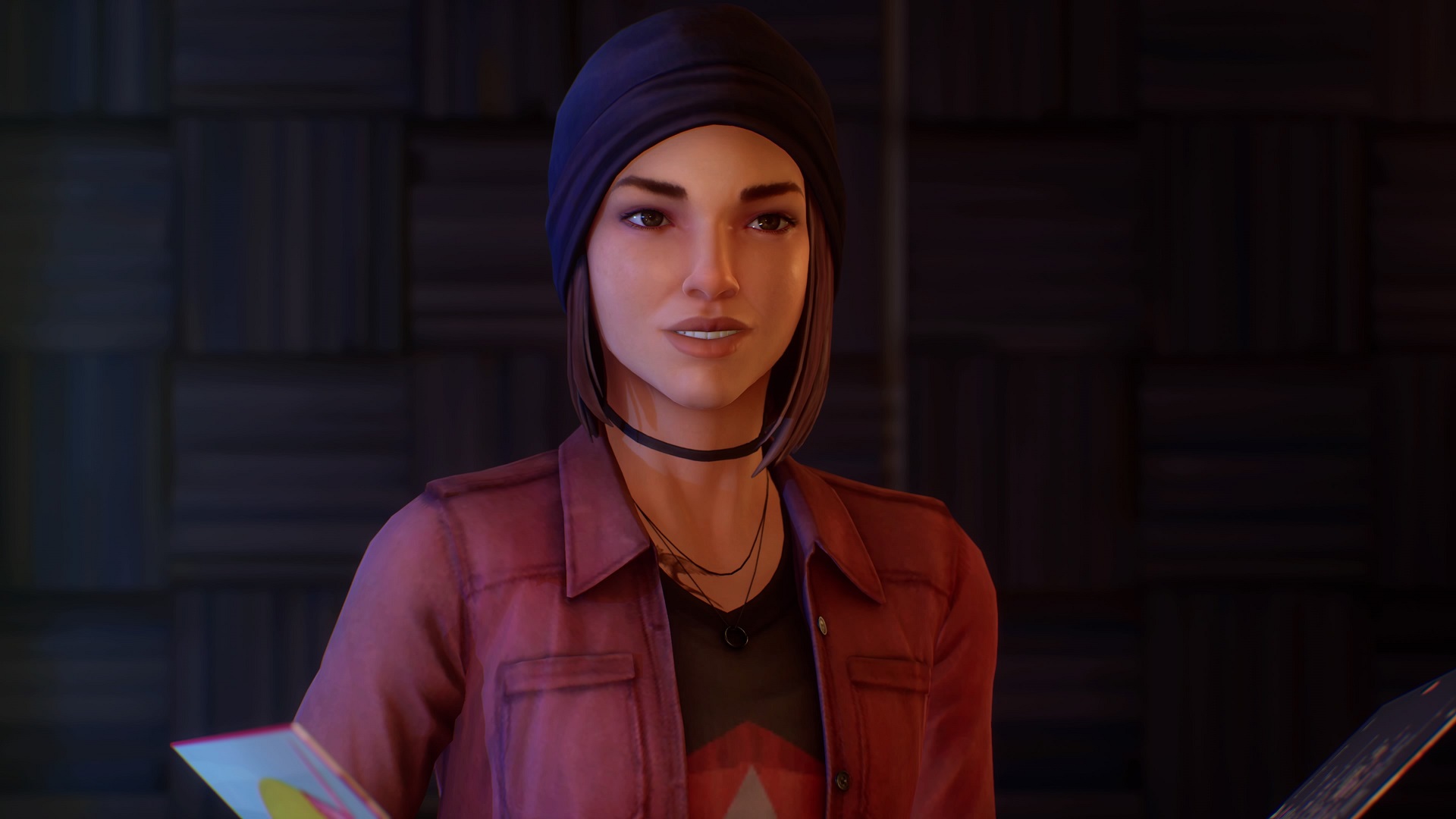
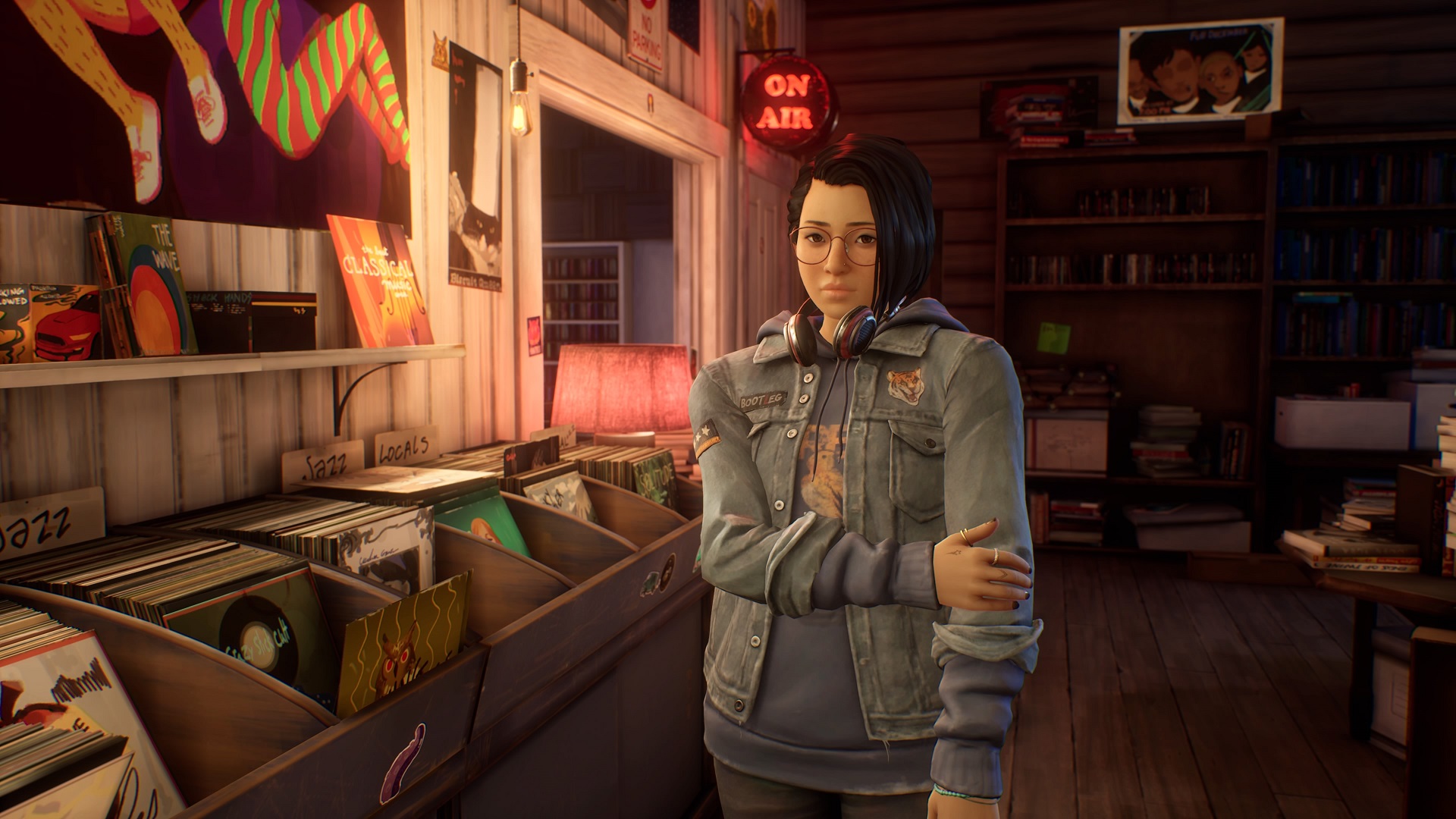
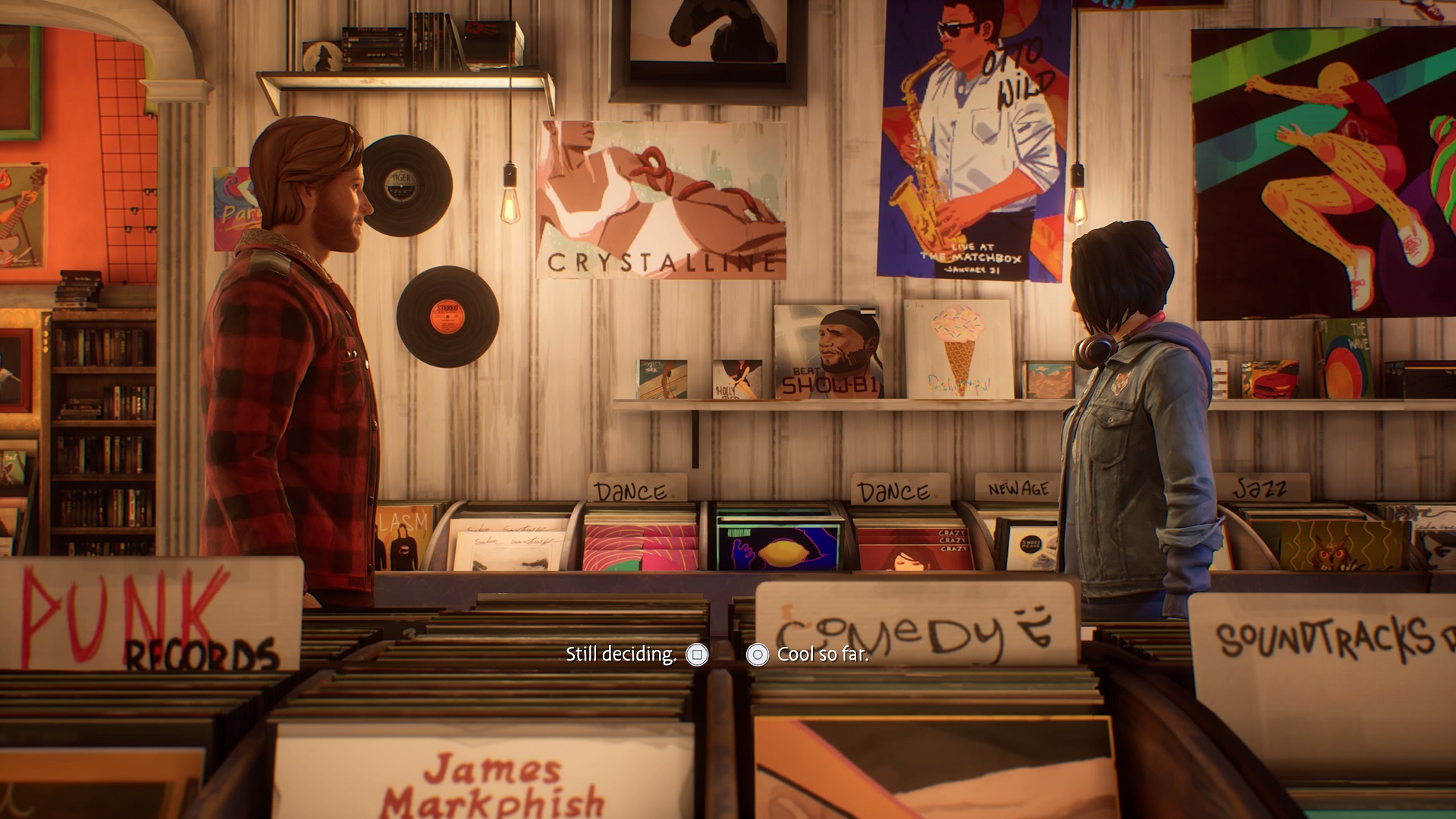

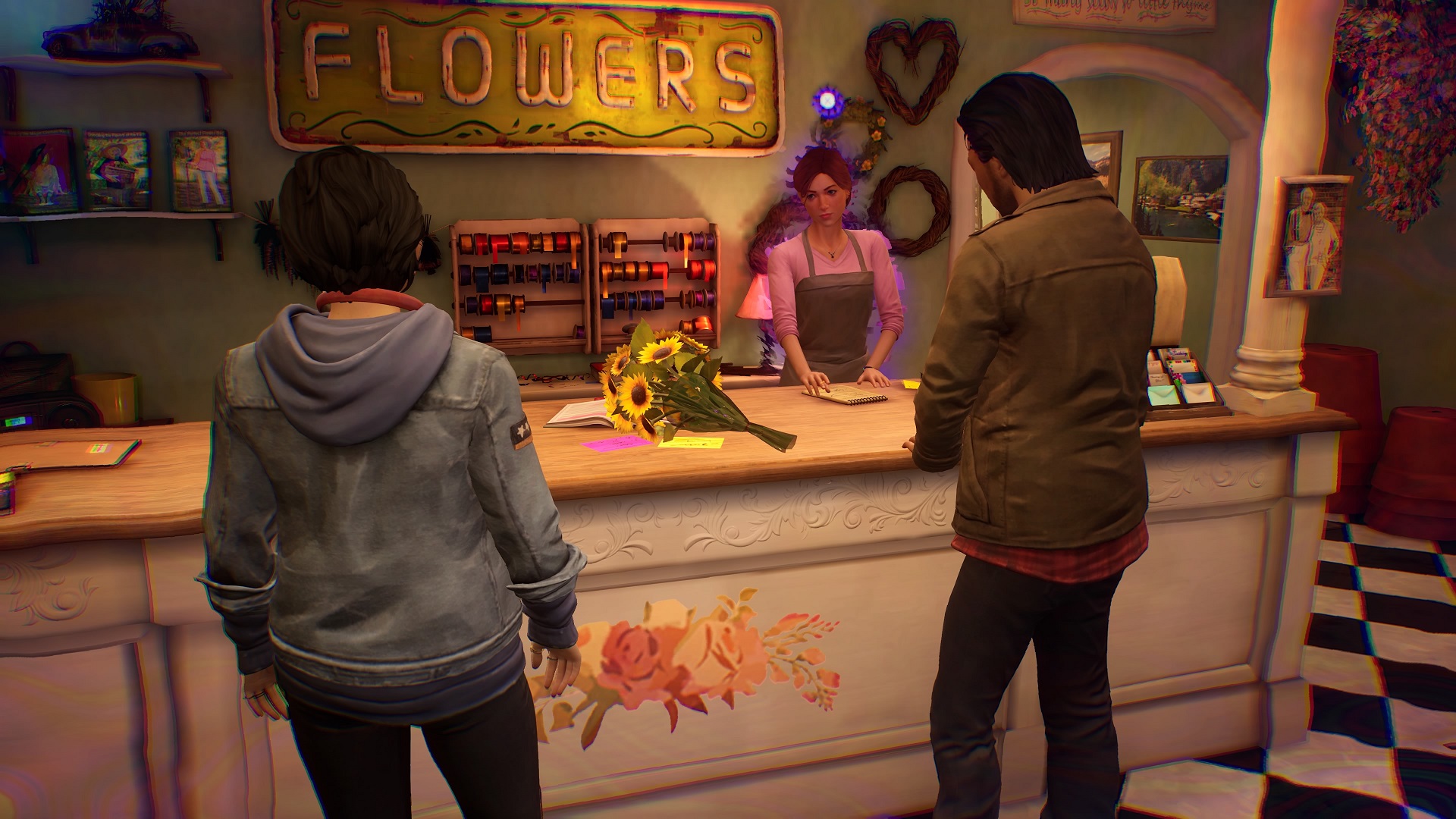
The story you navigate through in the tight-knit community of Haven Spring keeps me invested throughout, and empathy as a narrative mechanic presents some interesting ideas, but Alex as a character is undoubtedly one of True Color's biggest strengths. When you first meet Alex, it's effectively established that she's already been through so much in foster care, and as you progress through each of the five chapters that make up the game, you steadily learn more and more about her past. From the get-go, you can also gain insight into her previous experiences by looking through old messages on her phone. This makes Alex feel like such a fleshed-out protagonist whose reactions and motivations are so believable.
The rest of the cast also includes some very memorable characters I really come to care for. Steph, who first appeared in Life is Strange: Before the Storm, and new character Ryan, both have something different to offer. While Steph wasn't too heavily involved in the story with Chloe and Rachel, in True Colors we get to see much more of her this time. With such a likable personality and a love for LARPing and D&D, growing closer to Steph was easily one of the biggest highlights of my time in Haven. Ryan, a kind, bird-watching ranger also has his own charms and I really did enjoy getting to know both of them.
As the story progresses, you will have the opportunity to have a romantic relationship with Steph or Ryan if you want to. The friendships and relationships you can have with the pair develop naturally over the course of the chapters, and if you do decide to take it a step further by forming a romantic connection, it's refreshingly sweet and doesn't feel like it's just shoehorned in at all.

One of the mainstay elements of Life is Strange that I've always loved are the quieter moments where you have a chance to just stop for a moment and reflect. Happily, True Colors includes zen moments that let you pause and take in everything that's happened so far, and each instance lets you gain more insight into Alex's thoughts and feelings about recent occurrences. These points are also accompanied by one of the songs from the game's fantastic soundtrack, which continues Life is Strange's legacy of featuring some truly great music.
By the time I come to the end of my journey, I'm so emotionally invested and attached to Alex and the outcome of her story, which speaks volumes about the way Deck Nine effectively delivers a protagonist you can come to care for and connect with. We all want to feel like we belong, that we're not alone, that our feelings are valid, and Alex's yearning to gain a sense of belonging and face her own emotions is something that's easy to relate to. When the credits do roll, I'm left with that singular bittersweet feeling I often get when I finish something that really captured my heart or made an impression on me, as True Colors successfully managed to do. If you're a Life is Strange fan, there's a lot to love about True Colors, and if you're new to the series, Alex is a fantastic protagonist to start off with.
Reviewed on PS5 with a code provided by the publisher.

I started out writing for the games section of a student-run website as an undergrad, and continued to write about games in my free time during retail and temp jobs for a number of years. Eventually, I earned an MA in magazine journalism at Cardiff University, and soon after got my first official role in the industry as a content editor for Stuff magazine. After writing about all things tech and games-related, I then did a brief stint as a freelancer before I landed my role as a staff writer here at GamesRadar+. Now I get to write features, previews, and reviews, and when I'm not doing that, you can usually find me lost in any one of the Dragon Age or Mass Effect games, tucking into another delightful indie, or drinking far too much tea for my own good.
